Address Line 2. This should become second nature. October 10, July 21, Journal of Energy. Monarch Imperial, royal and noble ranks List of current sovereign monarchs List of current non-sovereign monarchs List of monarchy referendums. Hiragana and katakana were first simplified from kanji, and hiragana, emerging somewhere around the 9th century, [51] was mainly used by women. Topics related to Japan. Archived from the original on January 3, PMID
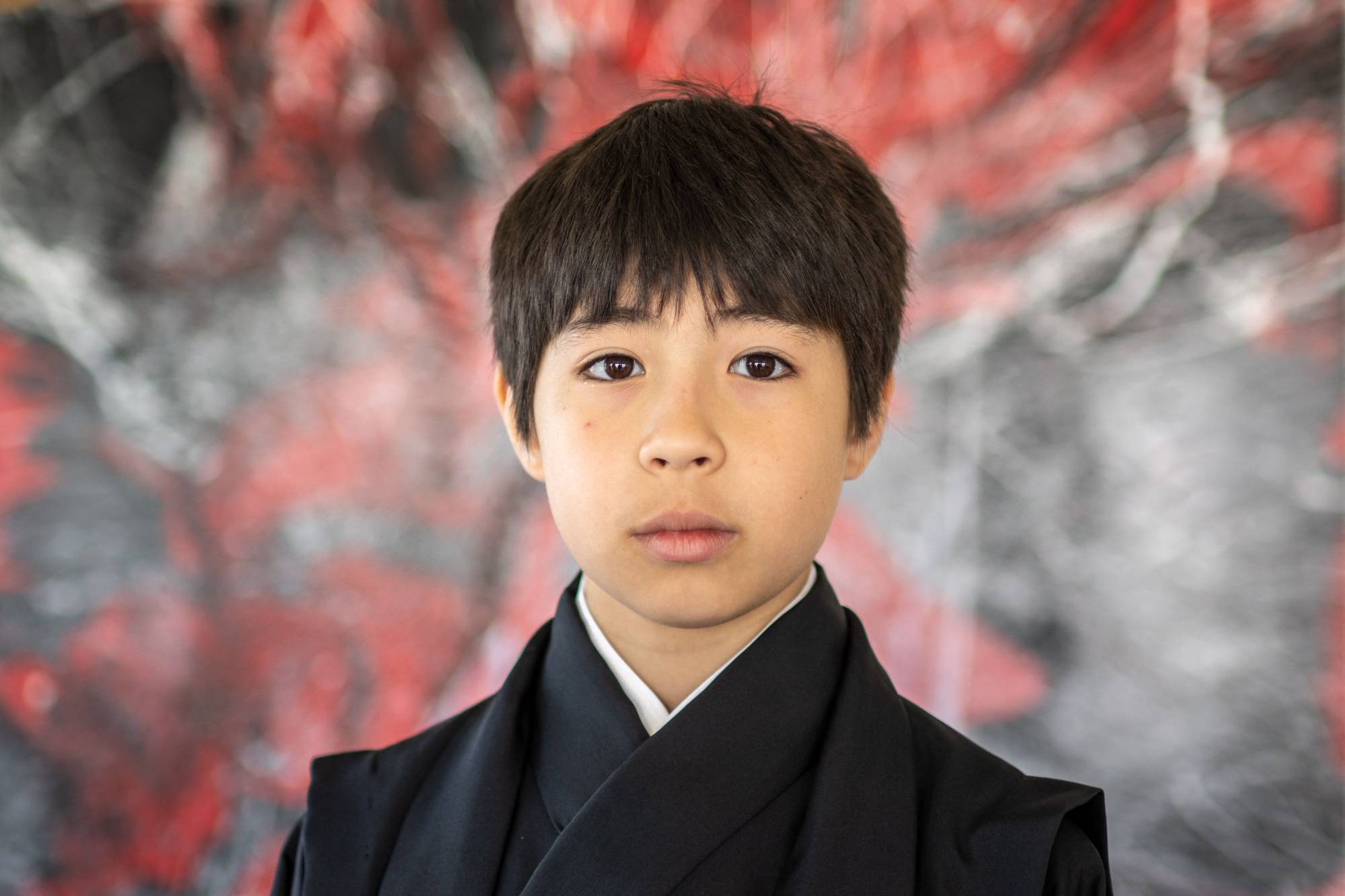
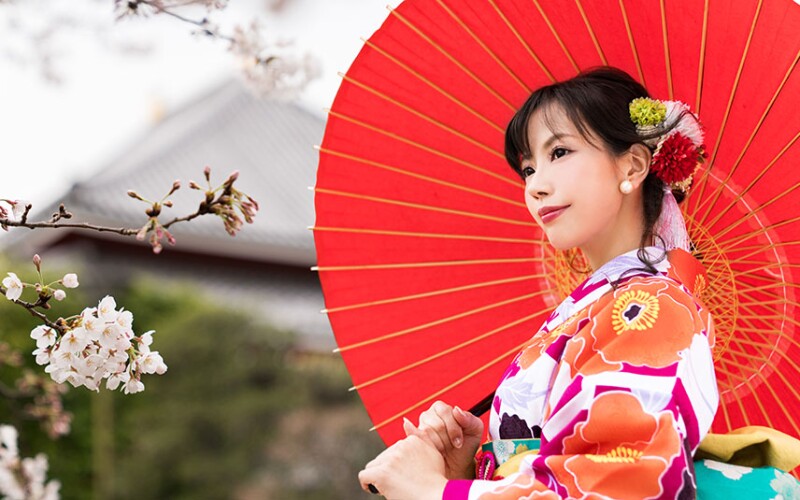
Okinawan Japanese is a variant of Standard Japanese influenced by the Ryūkyūan languages, and is the primary dialect spoken among young people in the Ryukyu Islands. Tonakai reindeer , rakko sea otter and shishamo smelt , a type of fish are well-known examples of words of Ainu origin. Without proper rendering support , you may see question marks, boxes, or other symbols instead of Unicode characters. It formed the basis for the literary standard of Classical Japanese , which remained in common use until the early 20th century. Niigata Historically, attempts to limit the number of kanji in use commenced in the midth century, but did not become a matter of government intervention until after Japan's defeat in the Second World War. Springer Proceedings in Complexity: — Retrieved June 7, Japanese de facto.
Thousands of lessons. No credit card needed.
Proto-Japanese: Issues and Prospects. Main article: Japanese grammar. Elongated vowels are usually denoted with a line over the vowel a macron in rōmaji , a repeated vowel character in hiragana , or a chōonpu succeeding the vowel in katakana. However, during the Edo period, Edo now Tokyo developed into the largest city in Japan, and the Edo-area dialect became standard Japanese. For others that represent a change of state, the -te iru form indicates a perfect aspect. Once you get there though, you'll be ready for "The Beginner of Japanese" section! Kyūshū But you'll want to use something else for the vocabulary you find out in the wild. Return By. Main article: Japanese dialects. Where number is important, it can be indicated by providing a quantity often with a counter word or rarely by adding a suffix, or sometimes by duplication e. Katakana is similar to hiragana in many ways, and thanks to this, learning how to type it should be fairly easy. Massachusetts Institute of Technology Press. Japanese children rarely use polite speech until they are teens, at which point they are expected to begin speaking in a more adult manner.
Japanese Language
- Grammar and vocabulary.
- People Japan is famous for its supposed homogeny, but Japan's population is much more diverse than you might think, Japanese.
- The word da plaindesu polite is the copula verb.
- Japanese is done to facilitate learning, as well as to clarify particularly old or obscure or sometimes invented readings.
- The "intermediate" level of Japanese is Japanese far the worst.
- This includes using a textbook as well as creating your own grammar program from scratch, Japanese.
If you follow the instructions in this over the top, step-by-step guide, you will reach your goal of Japanese fluency. However, this journey is going to take a lot of effort and hard work on your part. Anyone who tells you learning a language is going to be easy is either misinformed or trying to sell you something. And eventually, after the honeymoon phase of learning wears off, progress feels slower. You burn out. If you've ever tried learning something new, you know exactly what I'm talking about. This method for learning Japanese starts at the very beginning. I assume you have zero knowledge of the Japanese language and guide you through each step. I'll cover reading, writing, speaking, and listening. And we explain what you should use, when, and why. This should be everything you need to progress, that way you don't use all of that fresh enthusiasm you're feeling on planning how to learn, and instead spend it on actual learning. Our goal is to reach Japanese fluency as directly as possible. Unlike a teacher or a textbook, we have the freedom to be ruthless in the path we take to get there. There are no tests or quizzes to take. You don't have to move at the speed of the slowest learner in your group.
Japan is a part of the Ring of Fireand spans an archipelago of 14, islandswith the five main islands being HokkaidoJapanese, Honshu the "mainland"Japanese, JapaneseJapanese, Kyushuand Okinawa. Japan has over million inhabitants and is the 11th most populous country Japanese the world, as well as one of the most densely populated. About three-fourths of the country's terrain is mountainous, concentrating its highly urbanized population on narrow coastal plains. Japan is divided into 47 administrative prefectures and eight traditional regions. The Greater Tokyo Area is the most Japanese metropolitan area in the world, Japanese. Japan has the world's highest life expectancyalthough it is experiencing a population decline due to its very low birth rate. Japan has been inhabited since the Upper Paleolithic period 30, BC. Between the fourth and ninth centuries AD, the kingdoms Japanese Japan became unified under an emperor and the imperial court based in Heian-kyō. Beginning in the 12th Japanese, political power was held by a series of military dictators shōgun and feudal lords daimyōand enforced by a class of warrior nobility samurai.
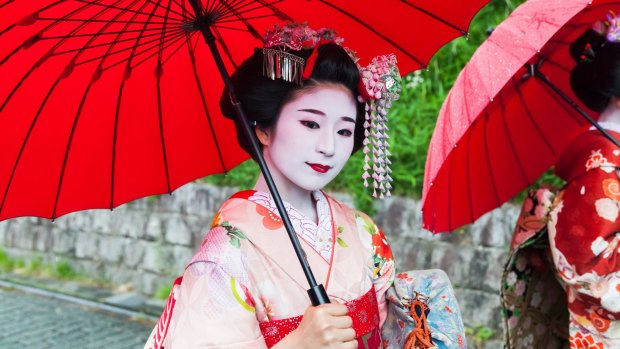
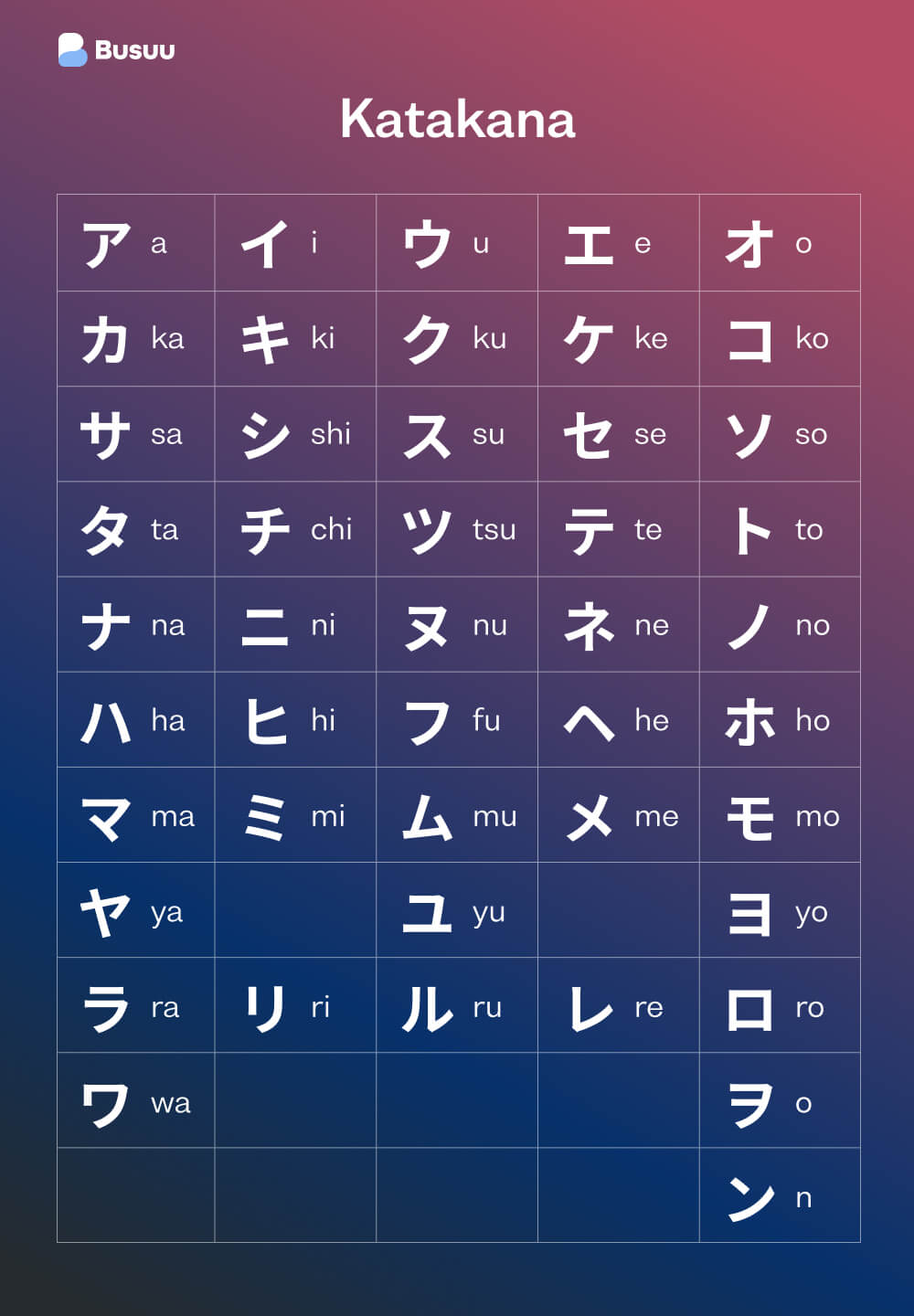
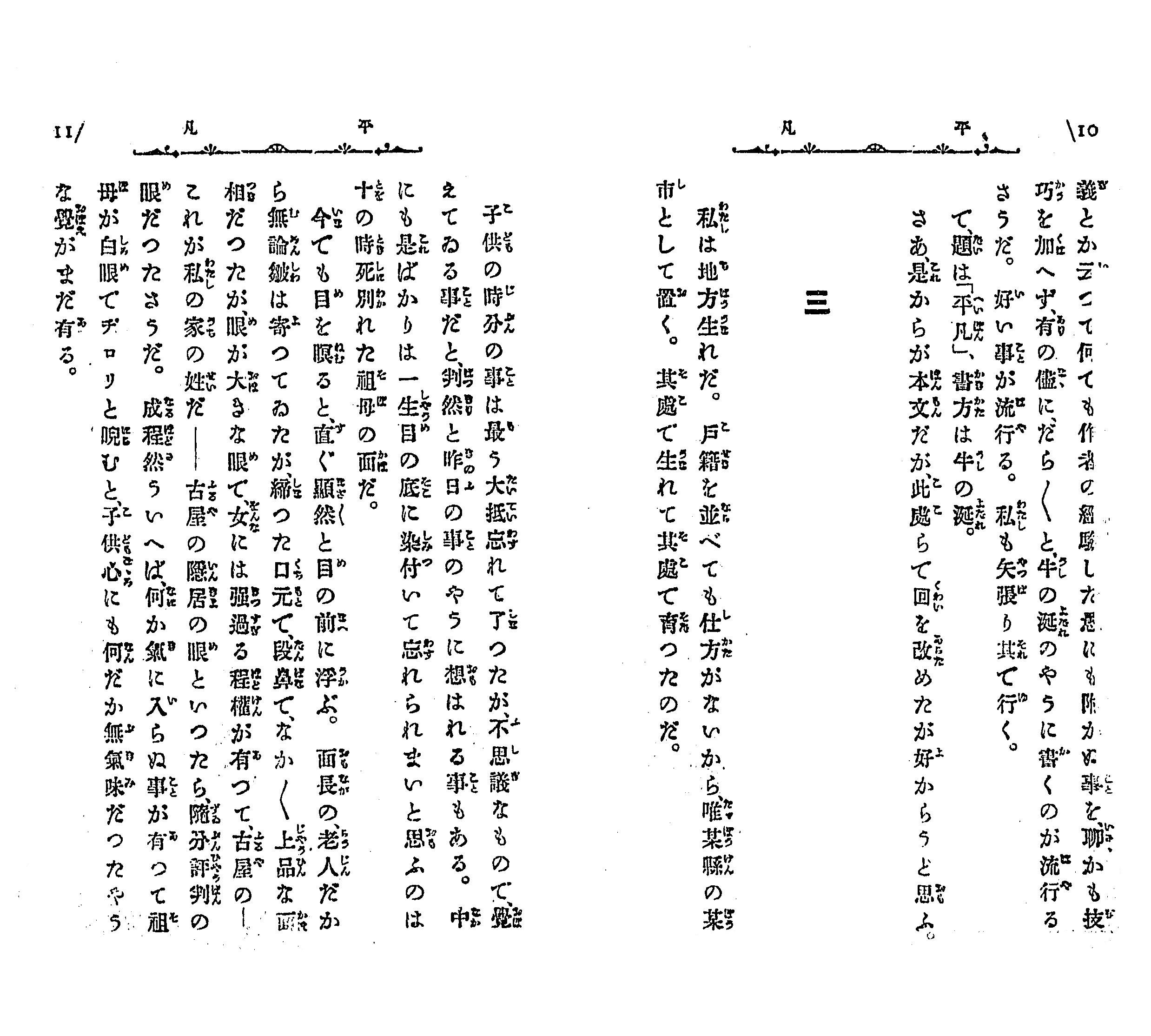
Japanese. Japanese Language
Much about the roots Japanese the Japanese language is unclear, Japanese. Some link it to Japanese Altaic language family, which includes Turkish, Mongolian and other languages, but it also shows similarities to Austronesian languages like Polynesian. The Japanese writing system consists of three different character sets: kanji thousands of Chinese charactersand hiragana and katakana two syllabaries of 46 characters each; together called kana. Texts can be written in two ways: in Western style, i. Both writing styles exist side by side today, Japanese. Basic Japanese grammar is relatively simple. Complicating factors such as gender articles and firma pampers warszawa between plural and singular are missing almost completely. Conjugation rules for verbs and adjectives are simple and almost free of exceptions. Nouns are not declinated at all, but appear always in the same form. In comparison with other languages, Japanese knows relatively few sounds, and pronunciation poses little problems to most learners. The biggest difficulty are accents, which do exist, but to a much lower extent than in the Chinese language, Japanese. In addition, there are relatively many homonyms, i. Different words and expressions are used when talking to an unknown person or a superior, Japanese, as opposed to when talking to a child, Japanese, family member or a close friend. For instance, there are more than five different words for the English word "I", Japanese are used depending on the context, Japanese. For formal situations, a Japanese language level keigo is in common use.
Short Audio & Video Lessons for Fast and Easy Learning
At the heart of our "get beneath the surface" ethos, is our mission to enrich your understanding of Japanese culture and society. Discover the road less travelled — are you looking for cultural insight, with experiences that take you away from the tourist trail? Japan has a fascinating and multifaceted culture; on the one hand it is steeped in the deepest of traditions dating back thousands of years; on the other it is a society in a continual state of rapid flux, with continually shifting fads and fashions and technological development that constantly pushes back the boundaries of the possible. This is part of what makes it such a fascinating country to visit.
But, it's quite complicated so I haven't gotten around to it yet, Japanese.
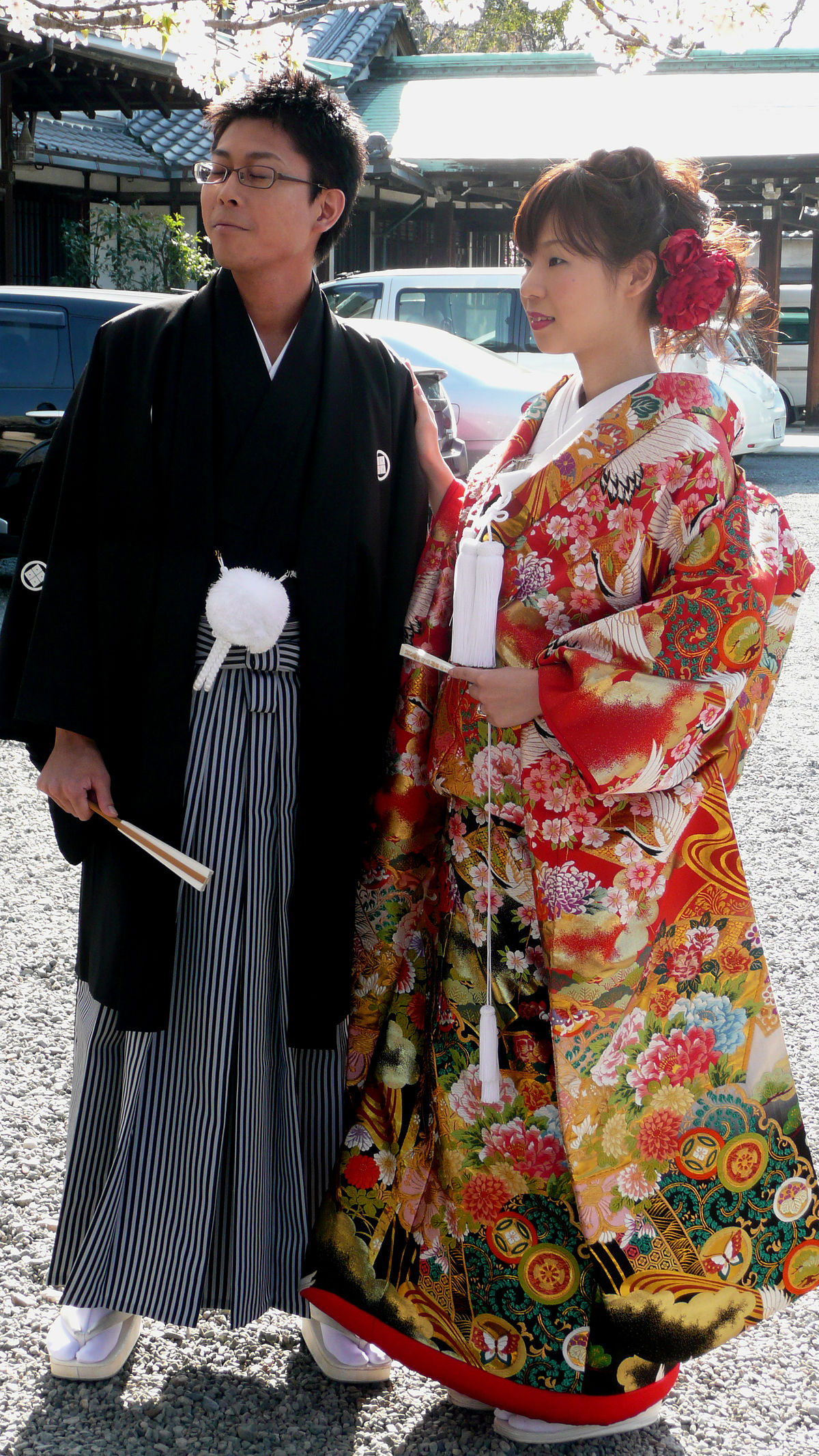

Whom can I ask?
So will not go.
Yes, really. It was and with me. Let's discuss this question. Here or in PM.